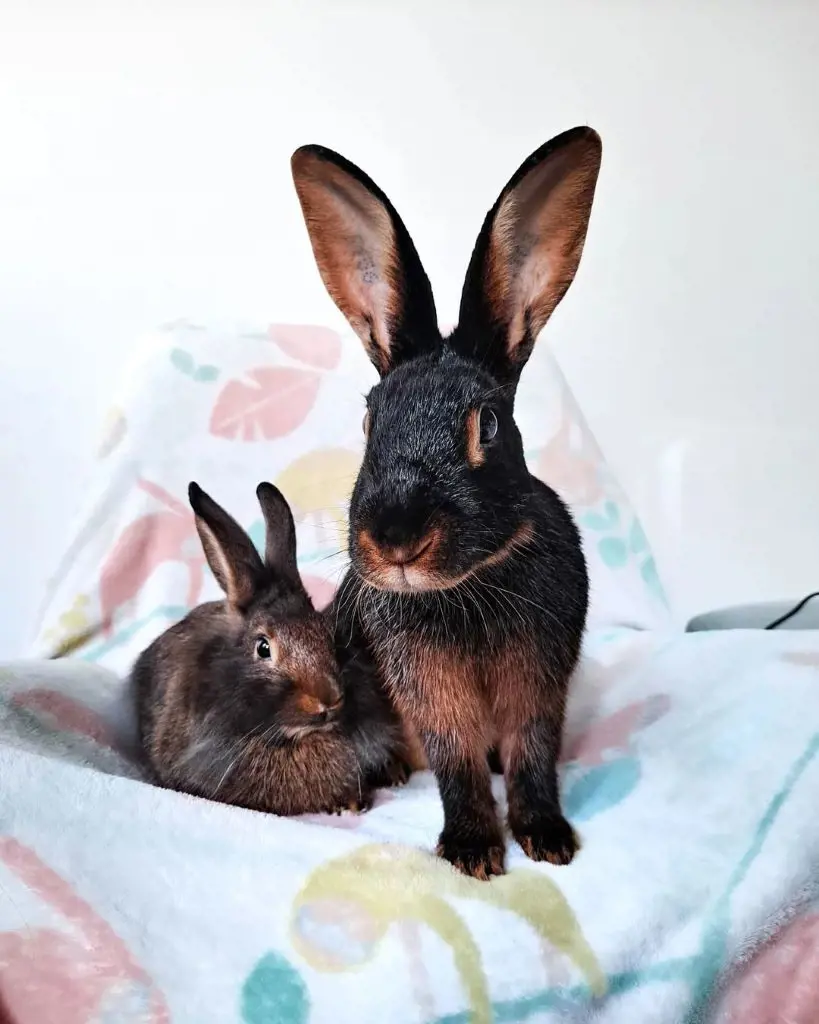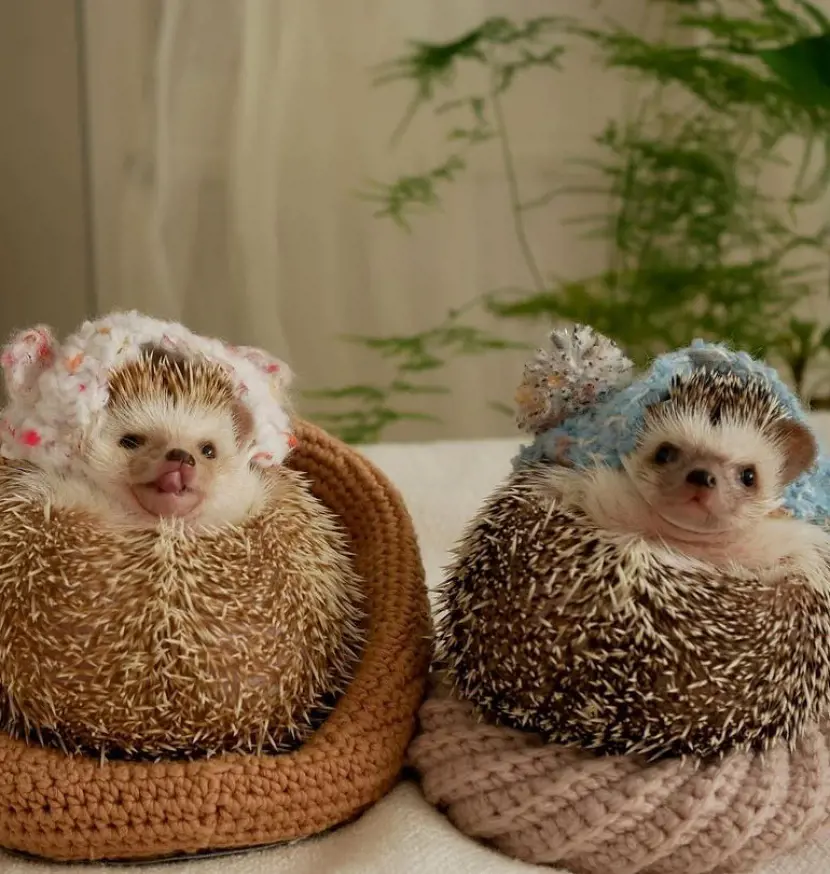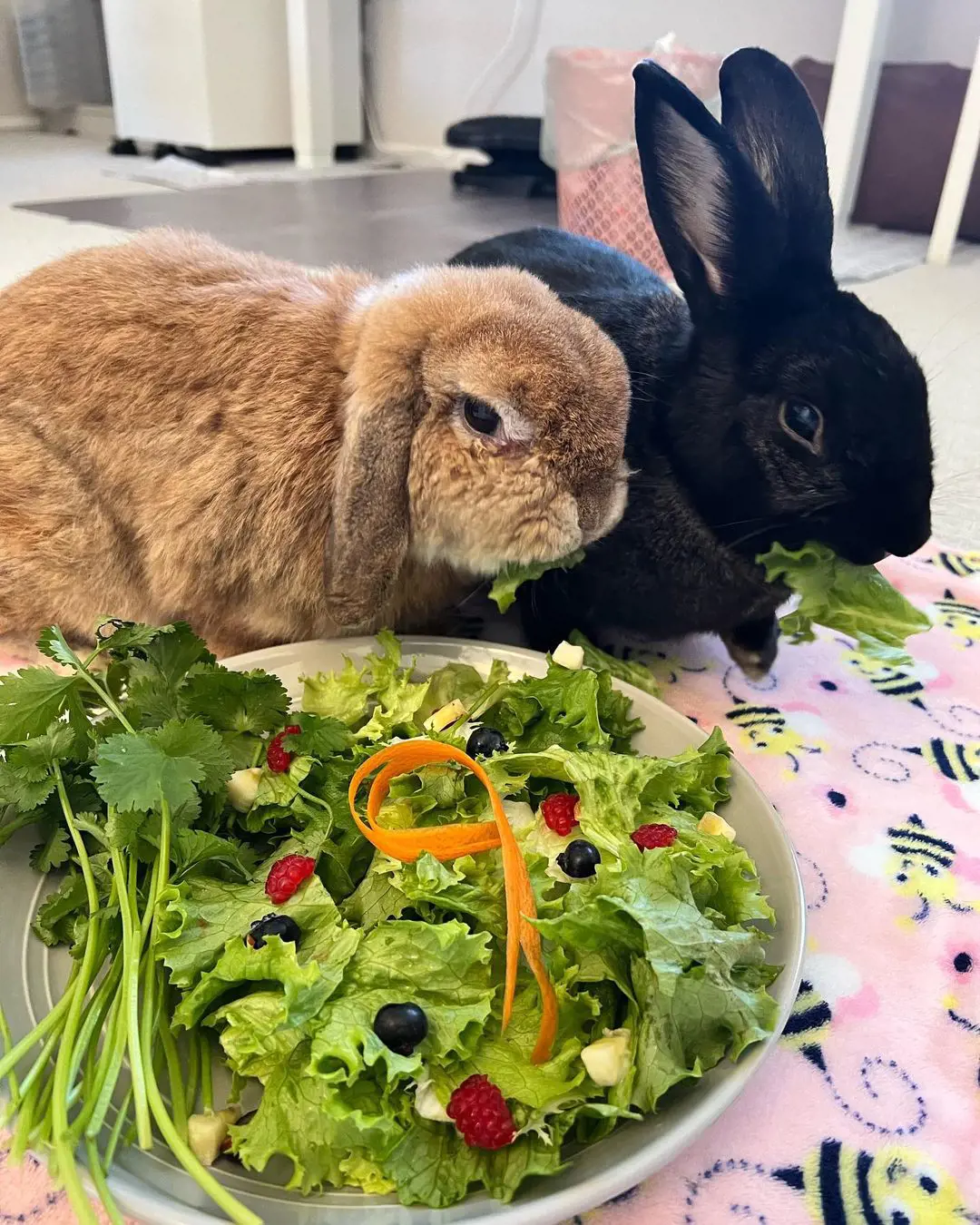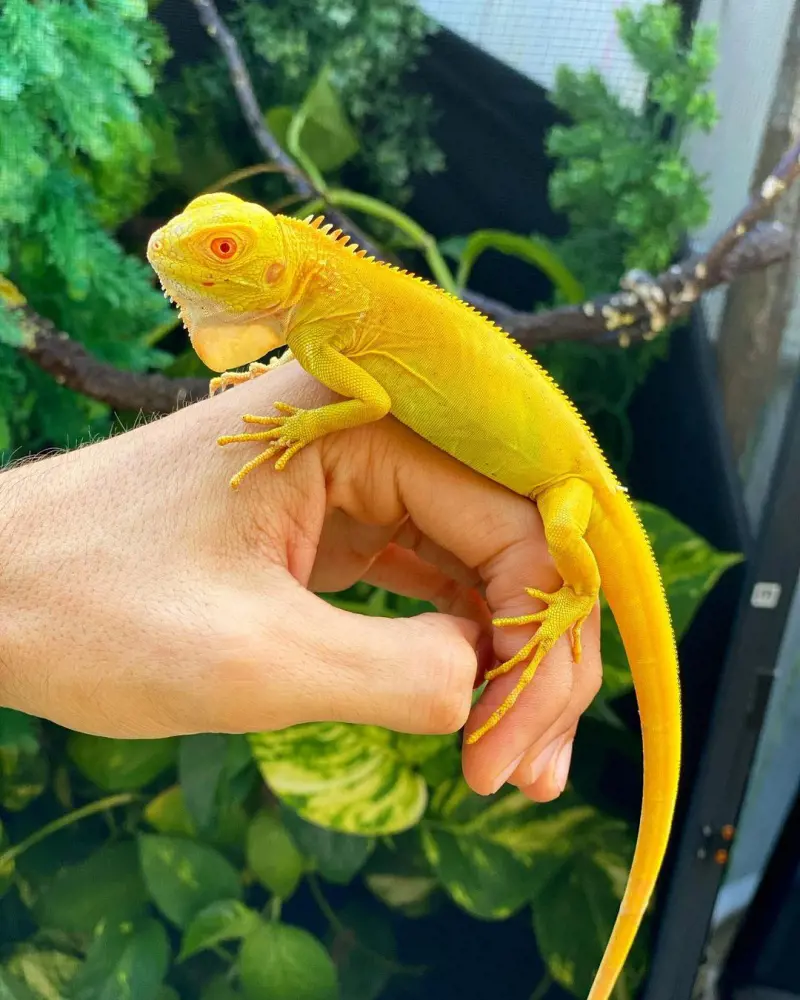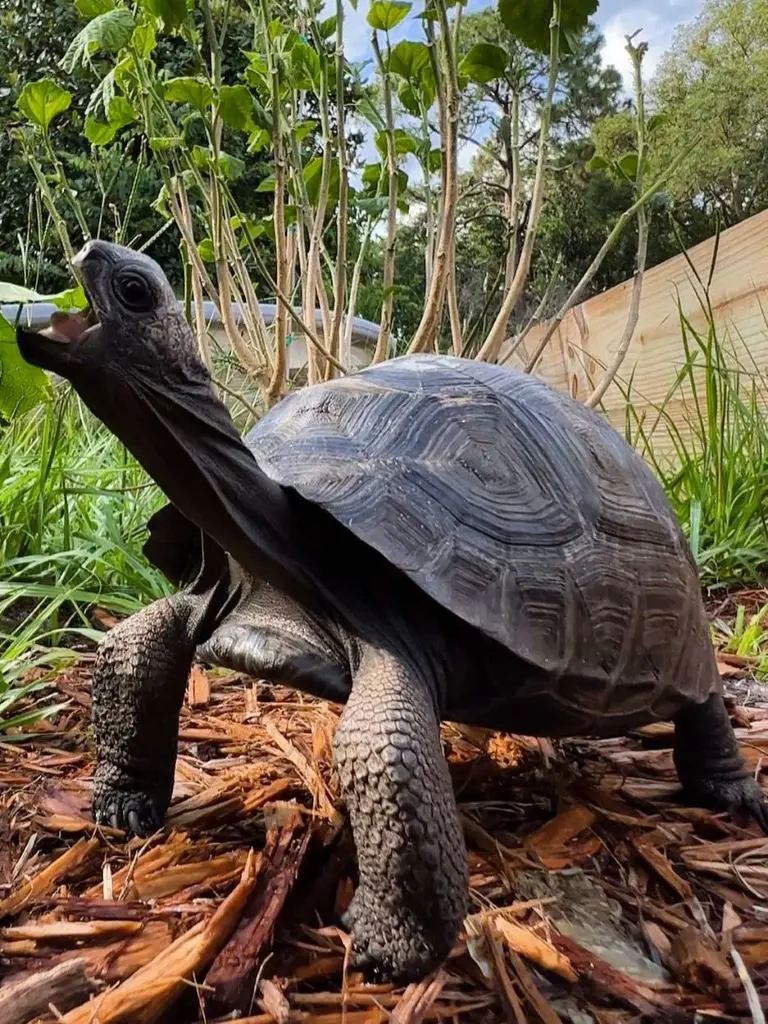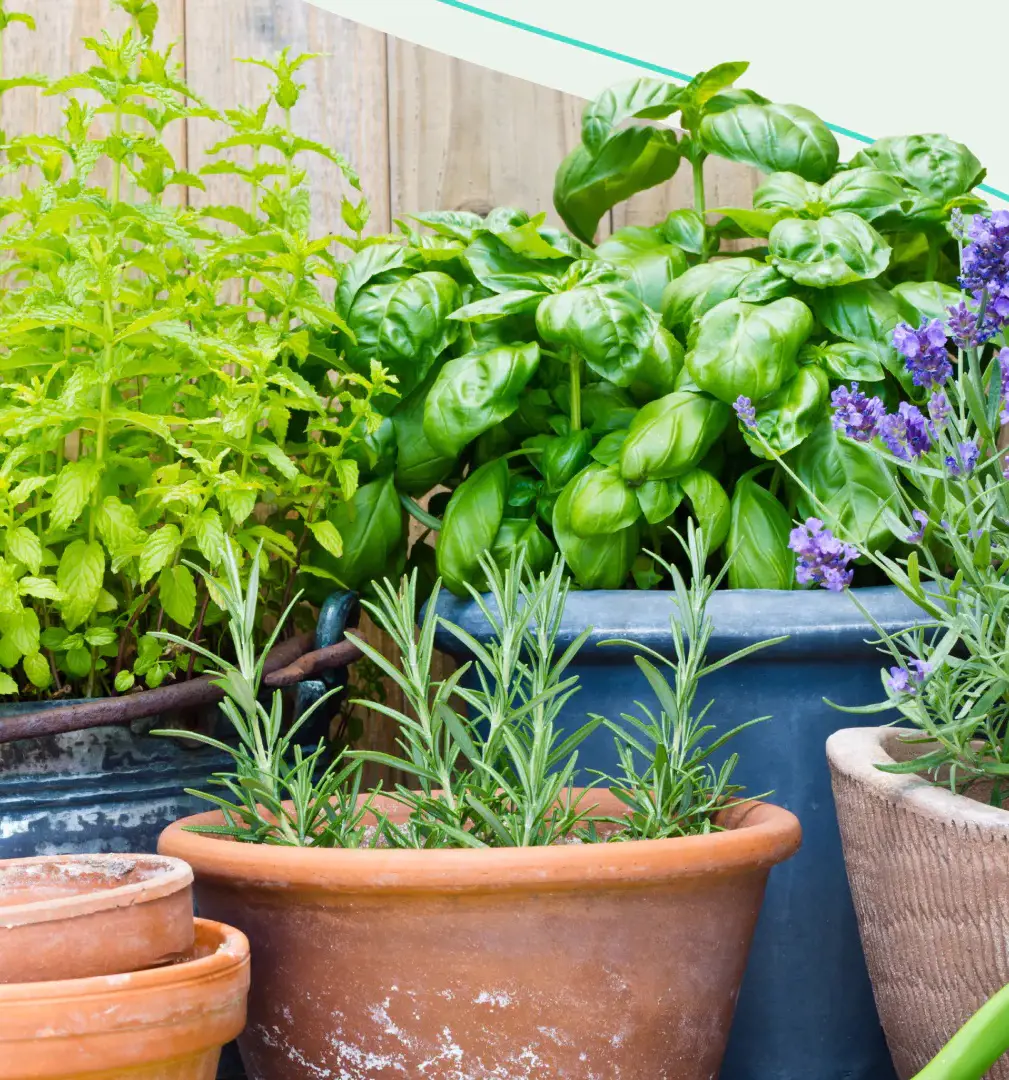15 Sugar Glider Facts That Will Make You Want One
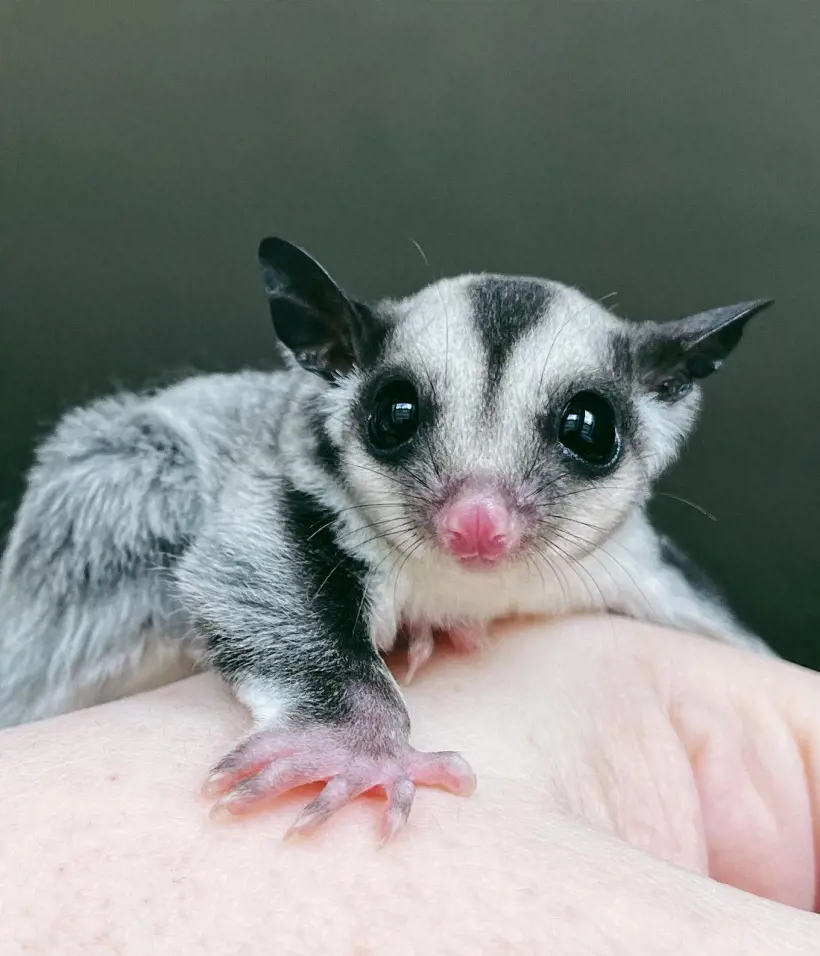
This post may contain affiliate links. If you make a purchase through links on our site, we may earn a commission.
The undisputed champion of the night sky, the Sugar Glider, often referred to as nature's pocket rocket, is the embodiment of cuteness and agility. With their large, captivating eyes and furry, membranous wings, sugar gliders are tiny marvels that gracefully navigate the night sky.
Known for their social nature, sugar gliders thrive on companionship, making them the perfect addition to a household. One of the most enchanting aspects of having a sugar glider as a pet is the opportunity to witness their nocturnal antics.
Let's explore some amazing facts about sugar gliders and appreciate these pocket-sized bundles of joy.
1. Suger Gliders Are Native To Australia
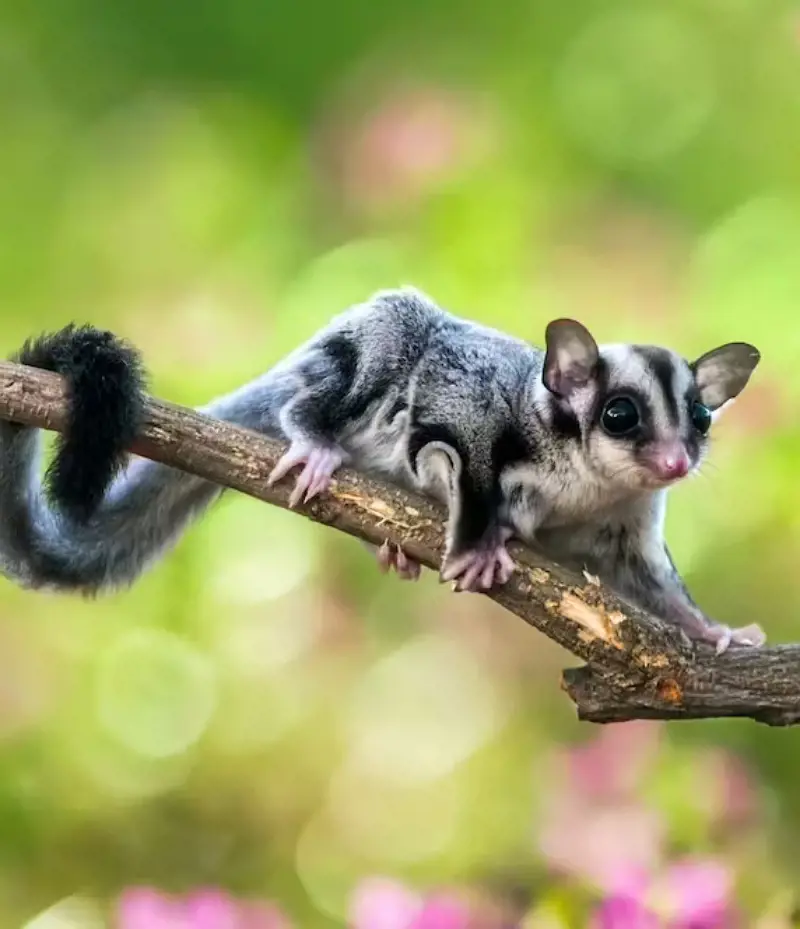
The adorable Sugar gliders originated from the dense forests of Australia, New Guinea, and Indonesia. These tiny beauties have adapted to a tree-dwelling lifestyle, thriving in eucalyptus-rich environments.
The habitats of these gliders consist of a variety of landscapes, including rainforests, eucalyptus woodlands, and acacia tree areas. These captivating small marsupials have become popular pets in modern times due to their visual allure and gentle demeanor.
2. They Are Excellent In Air

Sugar gliders are true aerial acrobats, showcasing expert flight skills that set them apart in the animal kingdom. Their proficiency in gliding is attributed to the patagium, a parachute-like membrane that extends from their wrists to their ankles.
This extraordinary adaptation allows them to effortlessly glide between trees in search of food and shelter with remarkable precision and control. Their ability to navigate through the dense canopy with agility and grace is a testament to their evolutionary adaptation to a tree-dwelling lifestyle.
3. They Have A Small Body
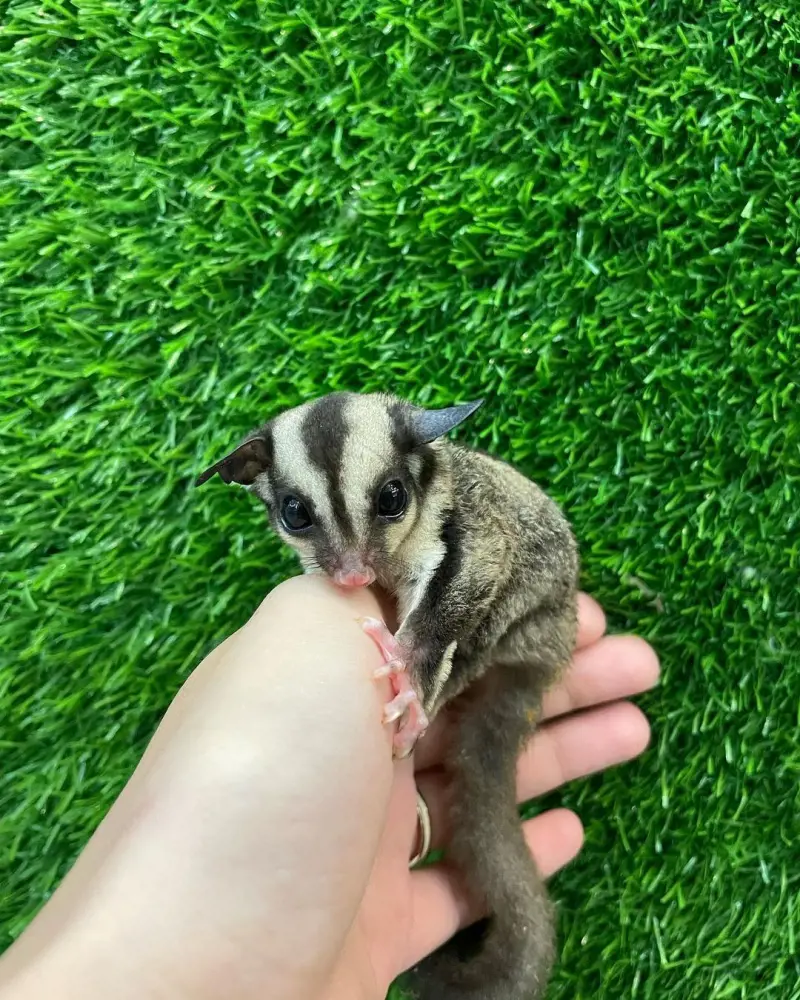
Sugar gliders boast a petite and charming stature, with an average body length of about 5 to 6 inches and a tail that can measure up to 6 to 7 inches. These diminutive members of the marsupial family possess unique traits despite their small size.
One distinctive feature is their large, expressive eyes, which contribute to their excellent night vision, aiding them in their nocturnal activities. Their soft, fur-covered membrane and bushy tail not only enhance their aerodynamic abilities but also add to their irresistible charm.
4. They Thrive On Companionship
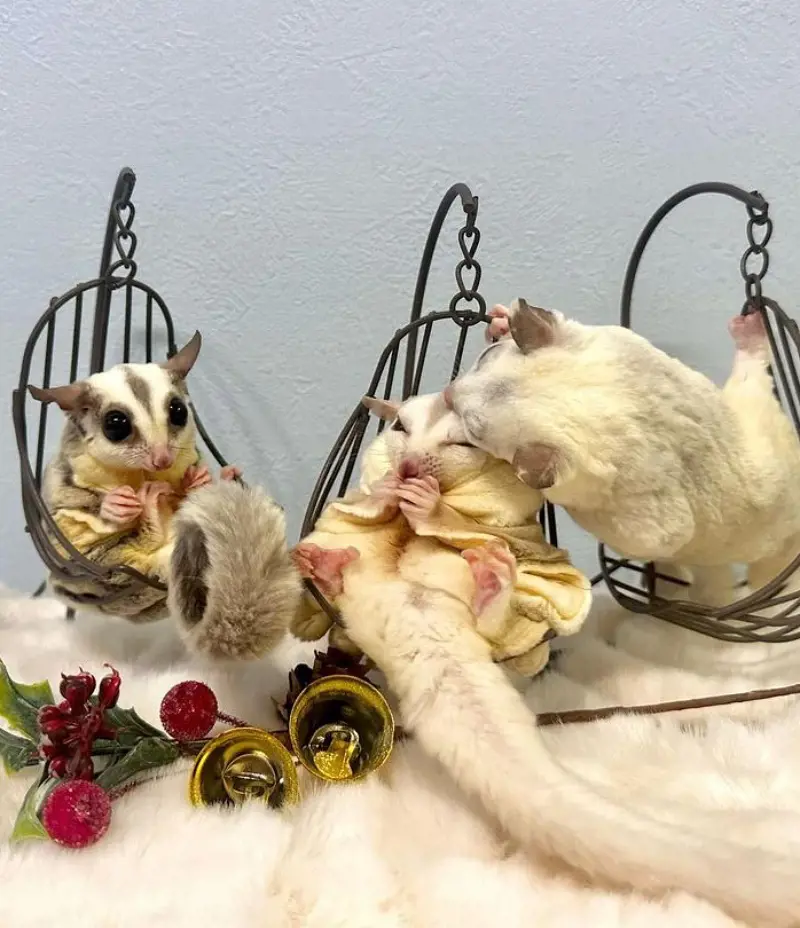
Sugar gliders are inherently social beings so they thrive on companionship and form strong bonds within their groups. In the wild, they often live in family units, displaying intricate social behaviors that include grooming, huddling, and engaging in playful activities.
Even in captivity, their need for social interaction extends to human caregivers, making them affectionate and responsive pets when given proper attention. The absence of companionship can lead to stress and loneliness for these gliders.
5. They Have Sharp Teeth
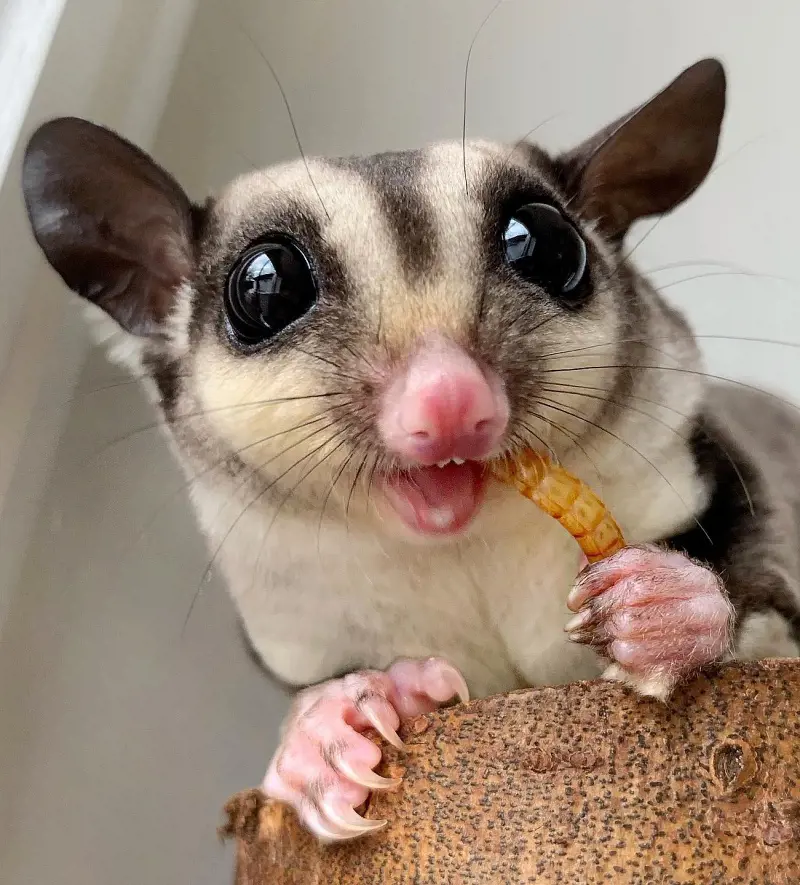
Despite their small size and adorable appearance, sugar gliders are equipped with sharp teeth that command respect. These tiny marsupials possess sharp incisors and molars designed for their omnivorous diet, which includes a variety of foods.
Although their bite is not as powerful as some larger animals, their sharp teeth serve them well in gnawing through tree bark to access sap and in capturing prey. For caretakers, it is important to be mindful of these teeth, especially during the bonding process when they may nip to establish boundaries or communicate their feelings.
6. Sugar Gliders Live In Cozy Nests
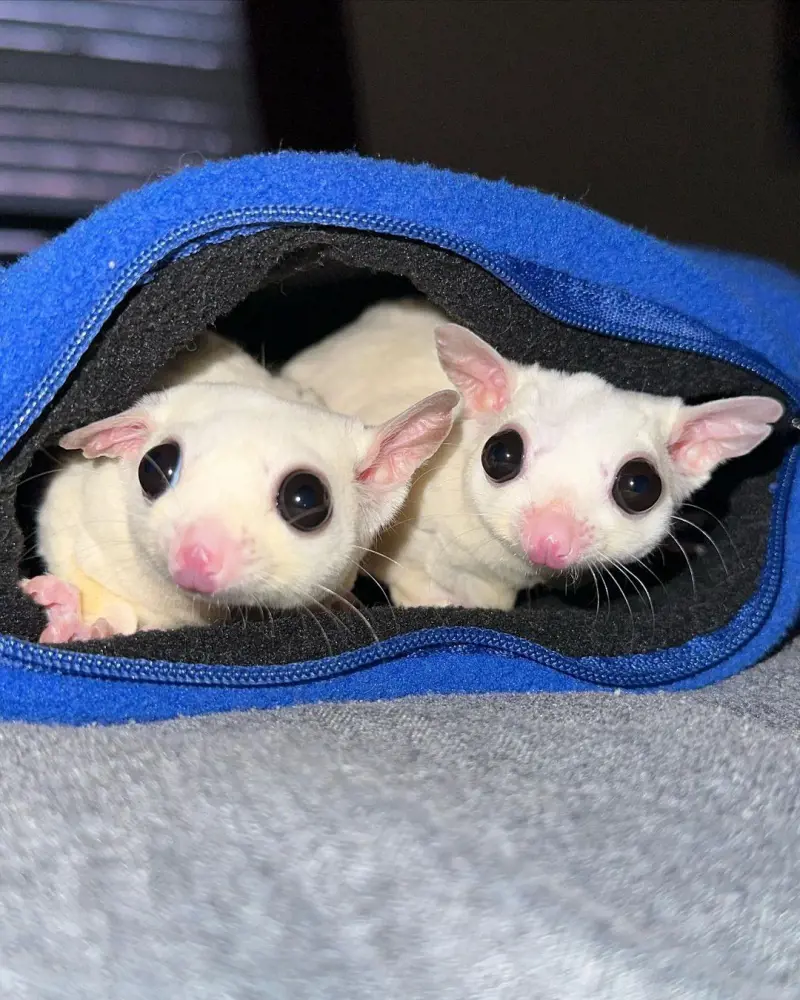
In their natural habitat, sugar gliders are skilled nest builders, creating cozy shelters high up in the treetops. These petite animals use leaves, bark, and other natural materials and meticulously construct nests for resting and sheltering during the day.
For pet gliders, a nest box or pouch made from soft, breathable materials such as fleece can mimic the comfort and security of their wild nests. Placing the nest in an elevated position within its enclosure can enhance the sense of security for these nocturnal creatures.
7. They Have Unique Vocalizations
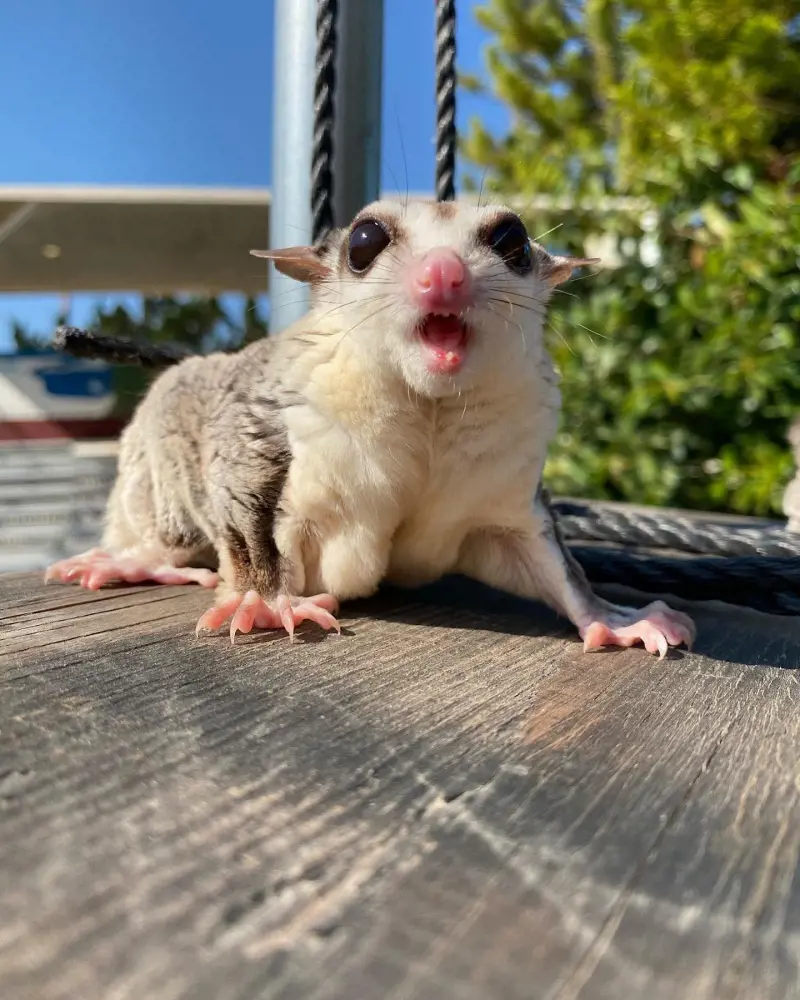
Sugar gliders communicate through a repertoire of unique vocalizations that add a layer of complexity to their social interactions. One distinctive sound they produce is a soft, melodic Crabbing noise as a warning or expression of distress.
These little flight experts can produce a range of other sounds, including chirps, clicks, and barks. Chirping is commonly associated with excitement, clicking sounds act as a form of communication and barking noise is typically a territorial display or a response to perceived threats.
8. They Mark Territory Using Scent

Sugar gliders are avid users of scent to mark their territory and communicate with their surroundings. They possess scent glands located on their forehead and chest, and they use these glands to release a unique odor that serves as a territorial marker.
For pet owners, understanding and respecting this natural behavior is crucial as these petite creatures may engage in scent-marking within their enclosures. The scent is usually subtle and owners need to appreciate this behavior as a means of communication.
9. They Have Relatively Long Lifespan
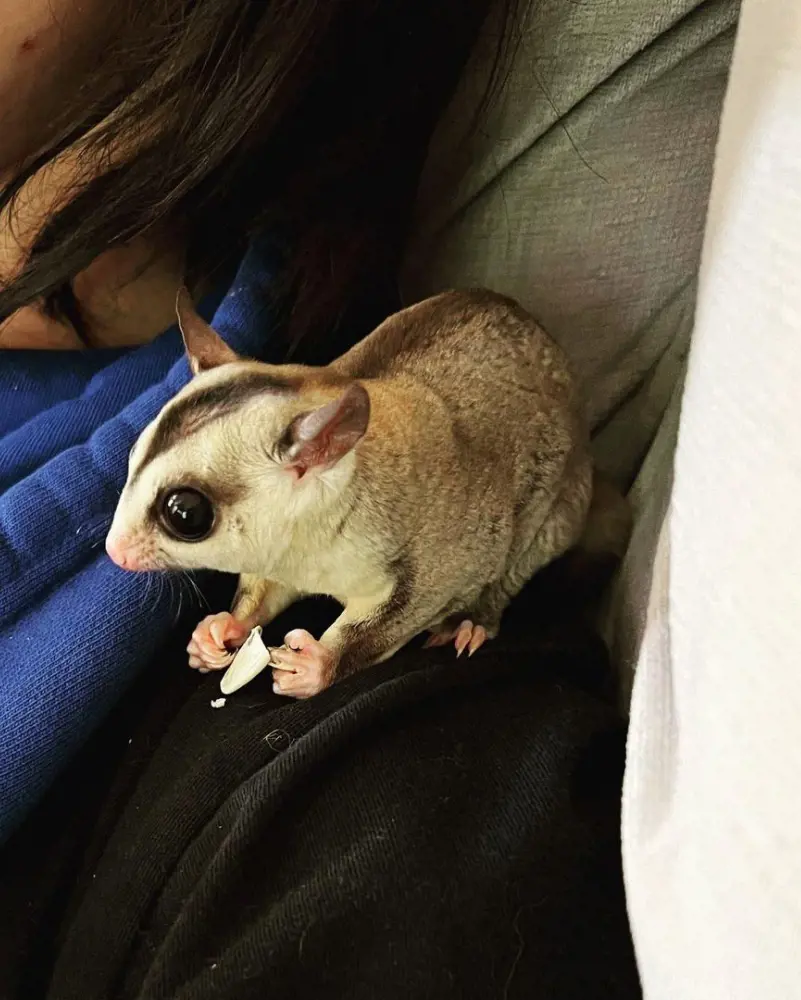
The life expectancy of sugar gliders typically ranges between 10 to 15 years in captivity, provided they receive proper care and attention. Regular veterinary check-ups are essential to catch and address any potential health issues early on.
Maintaining an enriched environment with opportunities for physical activity and mental stimulation is crucial for their overall well-being. Keeping them in pairs or small groups helps fulfill their social needs and prevents loneliness, which is a vital aspect of extending their lifespan.
10. Sugar Gliders Are Arboreal Creatures
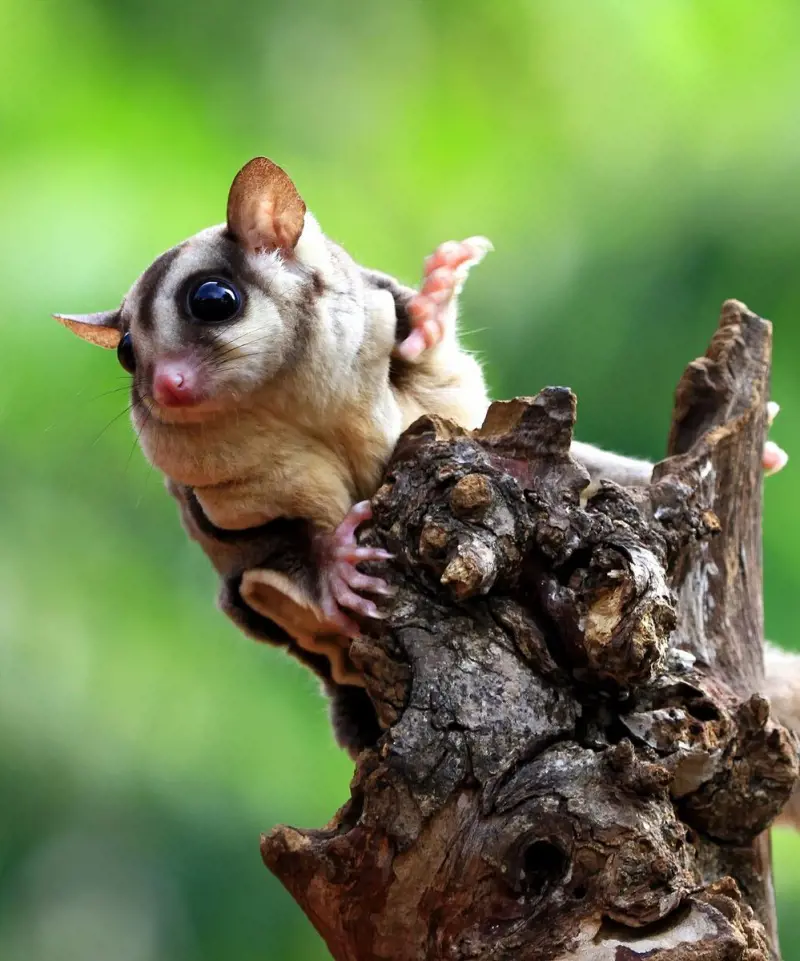
Sugar gliders are quintessentially arboreal creatures and they showcase their affinity for life in the trees with remarkable grace. Their natural habitat in the wild consists of dense forests, where they navigate the treetops with agility and finesse.
Even in captivity, these tiny creatures display their arboreal nature by exhibiting climbing and gliding behaviors. They eagerly explore vertically oriented enclosures, utilizing branches, ropes, and platforms to simulate the multi-dimensional environment they thrive in.
11. They Experience Slow Maturity
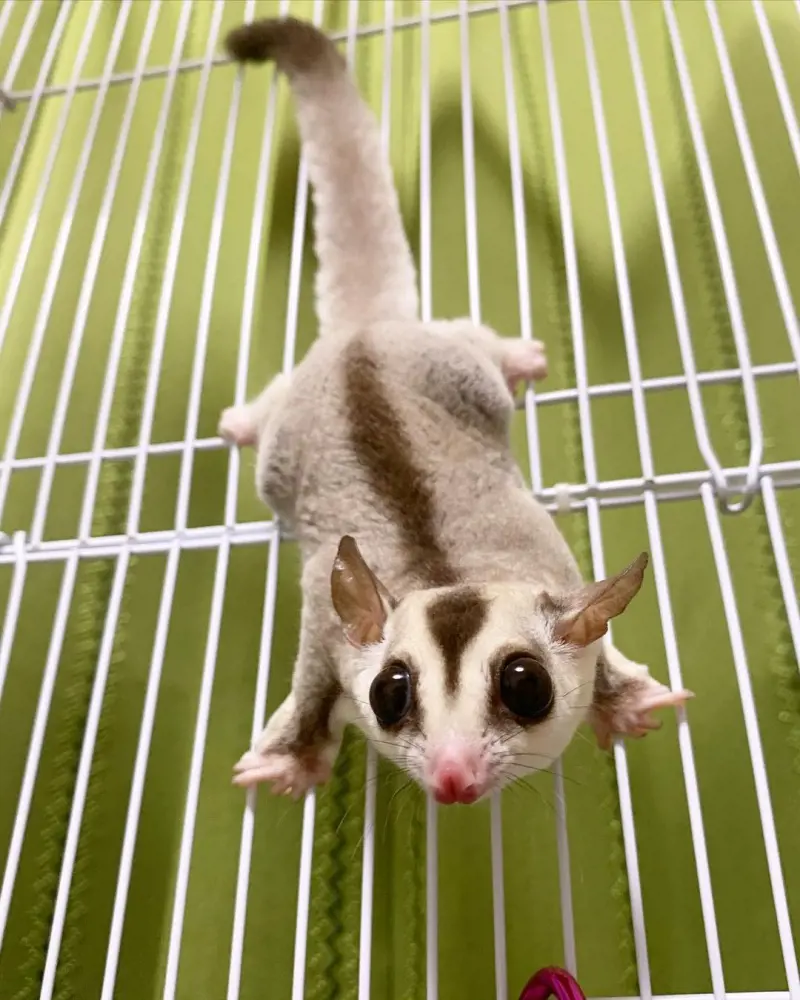
Sugar gliders are characterized by a slow maturity process that unfolds over several months. The early stages of their lives involve dependency on their mothers, as they spend their initial weeks in the pouch and gradually transition to riding on her back as they grow older.
Around the age of eight to twelve weeks, sugar gliders start to explore their surroundings independently and begin to consume solid food. Their sexual maturity occurs around eight to twelve months of age and during this time they exhibit increased energy, curiosity, and playfulness.
12. They Are Nocturnal Animals
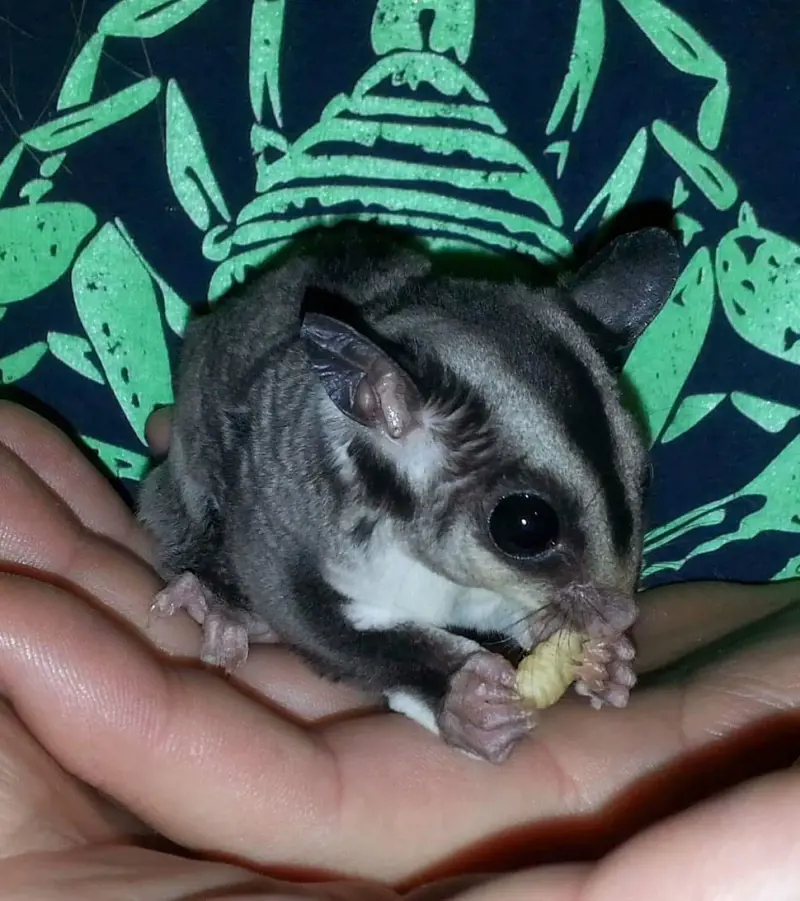
Sugar gliders are inherently nocturnal creatures which implies that they are most active during the night and rest during the day. This characteristic serves them well in their natural habitat, as it helps them avoid predators and competition for resources.
For pet owners, understanding and respecting the nocturnal nature of these gliders is crucial for providing optimal care. Creating a conducive environment with low lighting during the day and stimulating activities at night aligns with their natural behavior.
13. Sugar Gliders Have Sensitive Ears
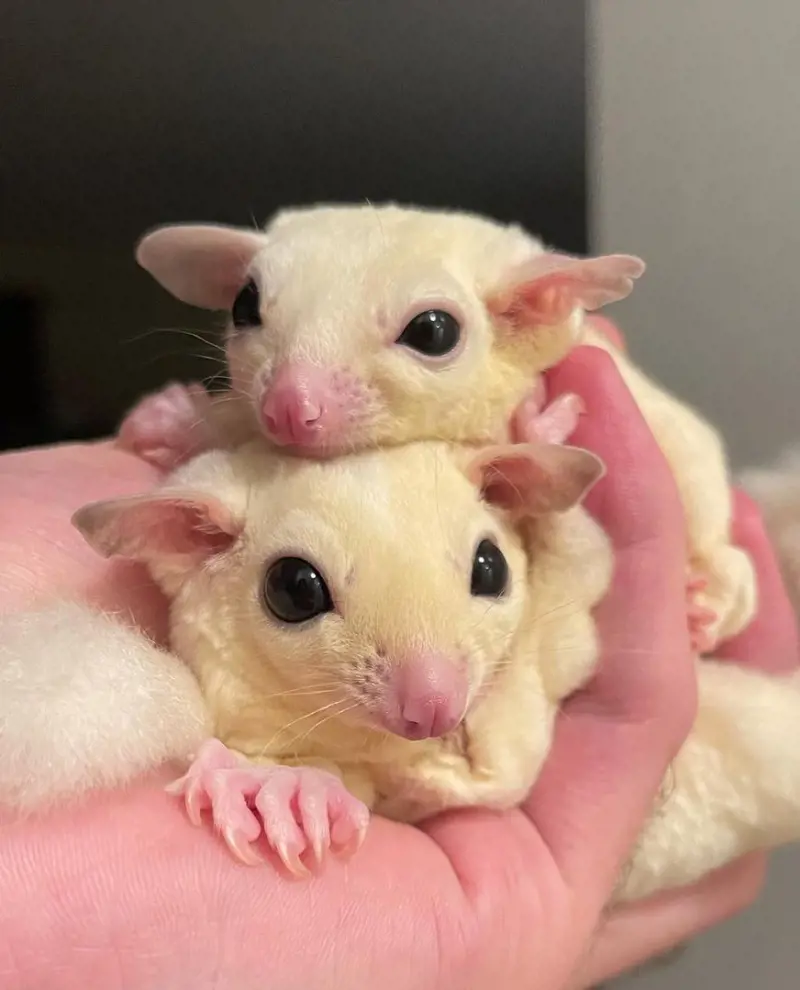
Sugar gliders possess incredibly sensitive ears that play a crucial role in their survival and social interactions. Their large, expressive ears enable them to pick up on a wide range of auditory cues, allowing them to navigate their environment effectively.
These acute ears help them detect potential threats, locate prey, and communicate through a variety of vocalizations. The sensitivity to sound also enhances their ability to engage in social behaviors, such as recognizing the calls of their group members.
14. They Get Bored When Isolated
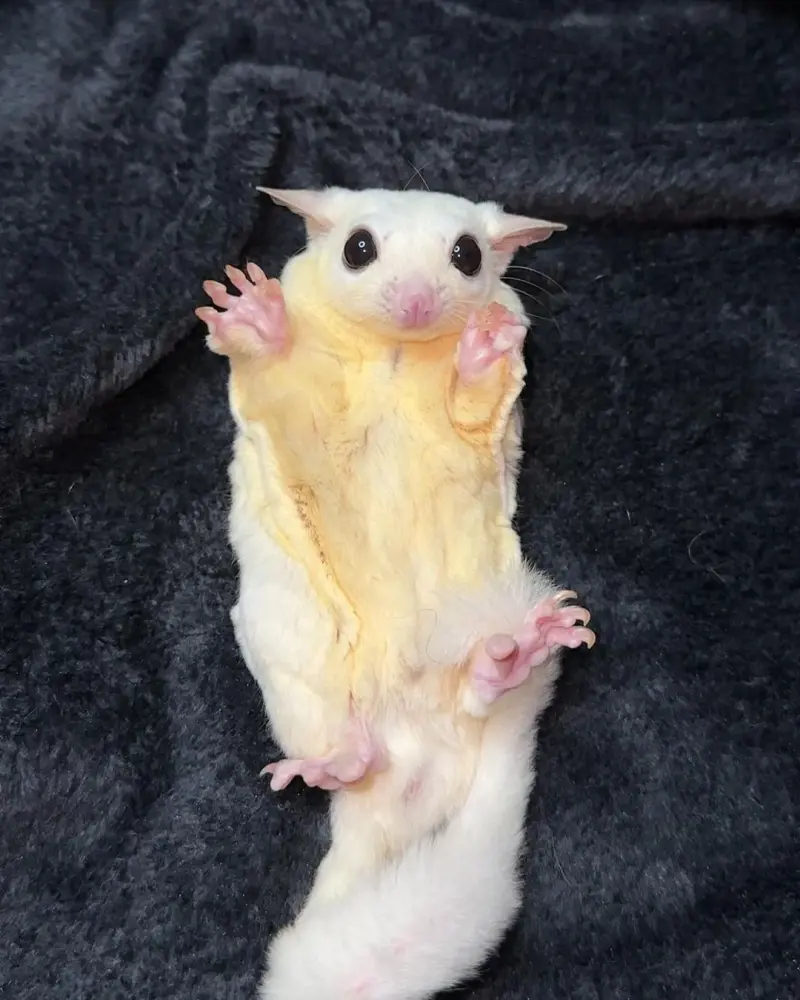
Sugar gliders are inherently social creatures and they form strong bonds and rely on the companionship of their fellow gliders for emotional support and security. When left alone, they may experience a sense of isolation which can lead to stress and behavioral issues.
In a domestic setting, being alone goes against their natural instincts and social structure, leaving them yearning for interaction. So, it is highly recommended to keep sugar gliders in pairs or small groups to fulfill their social needs and ensure a happier and more well-adjusted life in captivity.
15. Sugar Gliders Need A Varied Diet
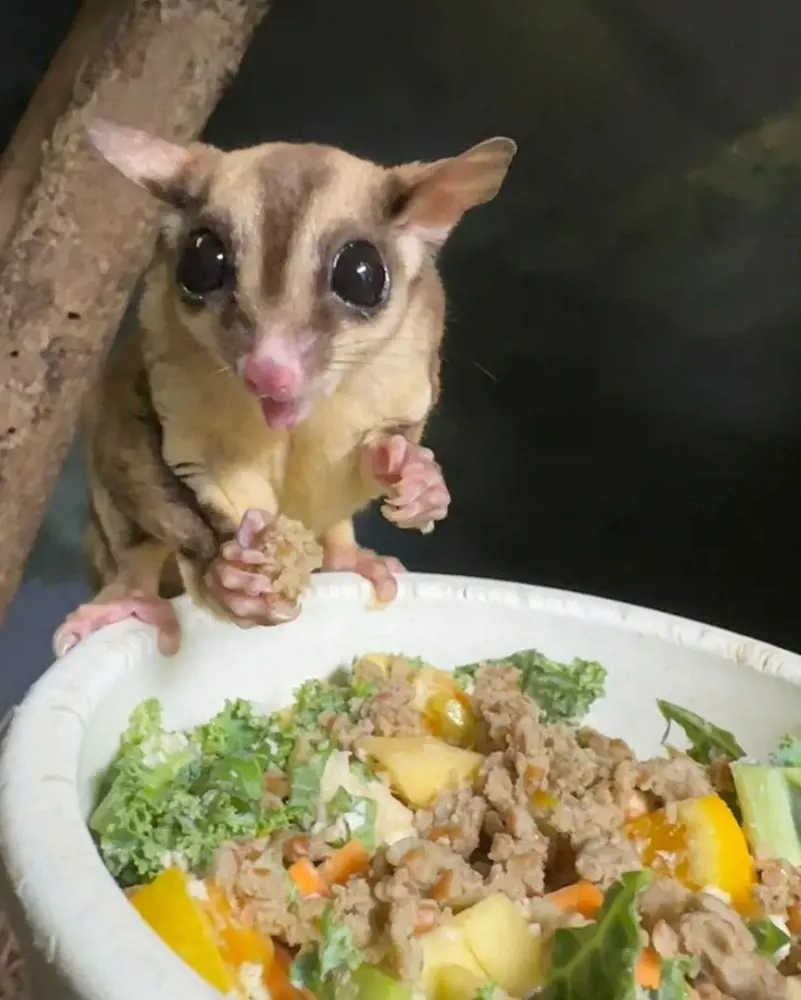
Sugar gliders have a varied and omnivorous diet that reflects their natural foraging habits in the wild. In their native habitats, these small marsupials feed on a diverse range of foods, including nectar, tree sap, fruits, insects, and even small vertebrates.
This varied diet ensures they receive a spectrum of essential nutrients, vitamins, and minerals necessary for their overall health and well-being. In captivity, a combination of fresh fruits, vegetables, high-quality pellets, and protein sources such as insects or small amounts of lean meats helps replicate the nutritional richness.
Recent posts
Pets
Pets
10 Cute Turtle Breeds For Pets
Turtles have earned their popularity as pets by captivating the hearts of animal enthusiasts around the world with their intriguing and unique appearance. The distinctive shell with intricate patterns and earthy hues make turtles visually appealing. ...
Pets
20 Rabbit Breeds That Will Make You Forget All About Other Pets
Having a rabbit as a pet is quite different from having a dog or a cat. Rabbits are low-maintenance pets, which can be a great option for people with busy lifestyles. They don't require daily walks. Furthermore, rabbits are eco-friendly companio...
Pets
10 Facts to Consider Before Owning A Hedgehog
Hedgehogs are fascinating creatures known for their distinctive appearance including bodies covered in spines, pointed snouts and tiny, bright eyes. One of the most unique features of these charming little animals is their ability to curl into a tigh...
Pets
What Rabbits Can Eat: A Guide To Healthy Foods
When it comes to nourishing our furry friends, rabbits have quite a discerning palate. From leafy greens to crunchy veggies and even the occasional sweet treat, there is a wide array of foods to delight their taste buds and keep them hopping with joy...
Pets
10 Best Pet Lizards For Beginners
The diversity of lizards as a species offers a spectrum of sizes, colors and behaviors making them fascinating pets for both seasoned reptile enthusiasts and beginners alike. Their intriguing features, playful antics and docile nature make these rept...
Pets
10 Best Pet Tortoise Types For Beginners
Are you thinking of bringing home the uniquely beautiful tortoise? Embarking on a journey of becoming a terrestrial turtle enthusiast is an exciting venture, but choosing the right companion for your reptilian journey is crucial, especially for begin...

